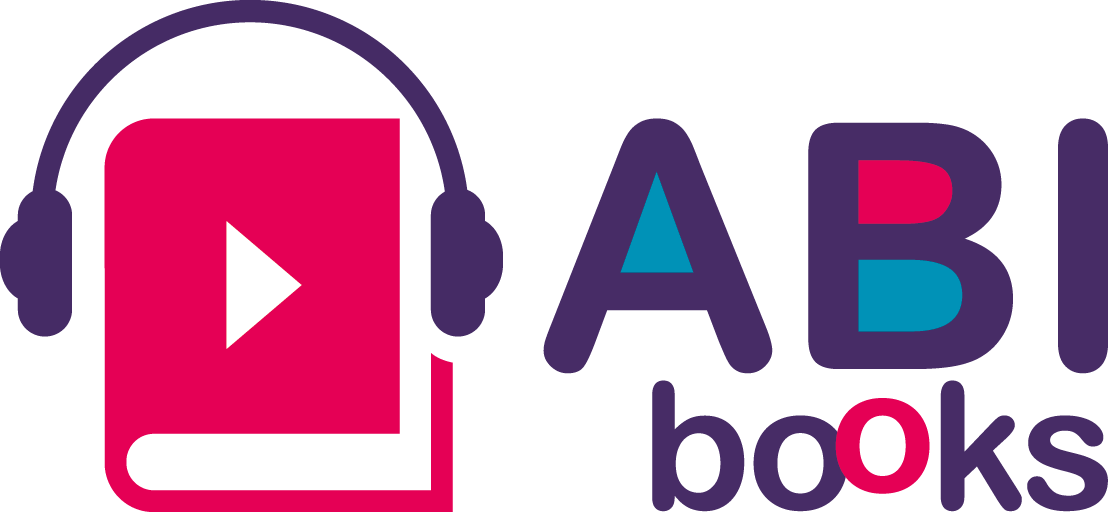Why do we need to read images?
When reading a children’s picture book, there are a few things you can address to create an enjoyable and interactive reading experience. Here are some suggestions:
Explore the cover and title: Start by examining the book cover with your child. Discuss what you think will happen in the story based on the pictures and title of the book.
Guess the story: Before you begin reading, encourage your child to make guesses about what will happen in the story based on the pictures they see. This will develop their imagination and help them anticipate events.
Describe and identify pictures: As you go through the book, stop at each page and discuss what you see in the picture. Help your child describe the objects, characters or events they see. Ask them how they think the characters in the picture feel or what they think will happen next.
Encourage creative thinking: Let your child come up with ideas and stories about what is happening in the pictures. Ask them what other things the characters might do or how the story might evolve.
Interact with the book: If the book has interactive elements, such as press flaps or moving parts, encourage your child to use them and explore. This will help them feel engaged in the story and develop hand-eye coordination.
Repeat and repeat: If your child wants to re-read the book immediately after you’ve finished it, feel free to do so. Repeating the reading will help them consolidate their knowledge and deepen their understanding of the story.
Encourage questions and discussion: As you go through the book, encourage your child to ask questions and initiate discussions about what is happening. This will develop their critical thinking and improve their communication skills.
Overall, reading a children’s picture book should be a fun and interactive experience. Encourage your child to use their imagination and engage with the story through pictures.
How do we read the image?
Observe and describe: Invite your child to look closely at the picture and notice the details. Discuss the colours, shapes, characters or objects you see in the picture. Encourage them to describe what they notice and ask questions about what they think is happening.
Make connections to the story: Pictures in a children’s book are usually closely related to the story. Encourage your child to make connections between the picture and the text being read or to speculate about the events of the story based on what he or she sees in the picture.
Ask open-ended questions: Ask questions that encourage the child to use their imagination and create their own story around the picture. Ask how the child thinks the characters are feeling or what they think will happen next in the story.
Imagine dialogues: Invite your child to invent dialogues between characters based on the picture. This will help them develop their communication skills and creativity.
Role-playing games: If the picture shows a specific scene or event, you can encourage your child to engage in role-play, playing the characters and acting out what is happening in the picture.
Go back to the original picture: After reading the whole story, go back to the original picture and discuss how it fits with the story. Encourage your child to notice details you may have overlooked previously.
Encourage creativity: If the picture is not closely related to the text read, you can ask the child to create a story of their own around the picture or to draw/write a continuation of the story.
It is important to allow children to use their imagination and actively participate while reading the pictures in a children’s book. By encouraging observation, questioning and role play, you will help develop their cognitive, language and creative skills
